In 1952, electronics invaded the field of block making when Dr Rudolph Hell invented the klischograph and revolutionised pre-press technology. In one operation the klischograph did the work that used to need three separate stages, all of them demanding great skill: and it did it both better and faster than the old methods.
The klischograph was an electronic engraving machine with a formidable array of dials. It produced letterpress-printing plates directly from an original without the use of any intermediate stages, and eliminated in one step the process camera, a ruled glass screen, and metal printing and etching. It was, in effect, a self-contained photo-engraving plant.
The basic principles of the klischograph were as follows. The original picture was photo-electronically scanned. This produced a photo-electric current that was amplified and used to control an engraving stylus. To produce a screen, a screen frequency was superimposed on the control current, causing the stylus to engrave point by point a half-tone printing plate. The sizes of the dots that it produced corresponded to the tone values of the corresponding parts of the original.
In its day, the Klischograph was used to produce a considerable amount of half-tone reproductions. It brought with it improvements in service and ensured big economies in production time and saved space in the printing works. It also produced reproductions that were often of a higher quality than that achieved by traditional processes.

